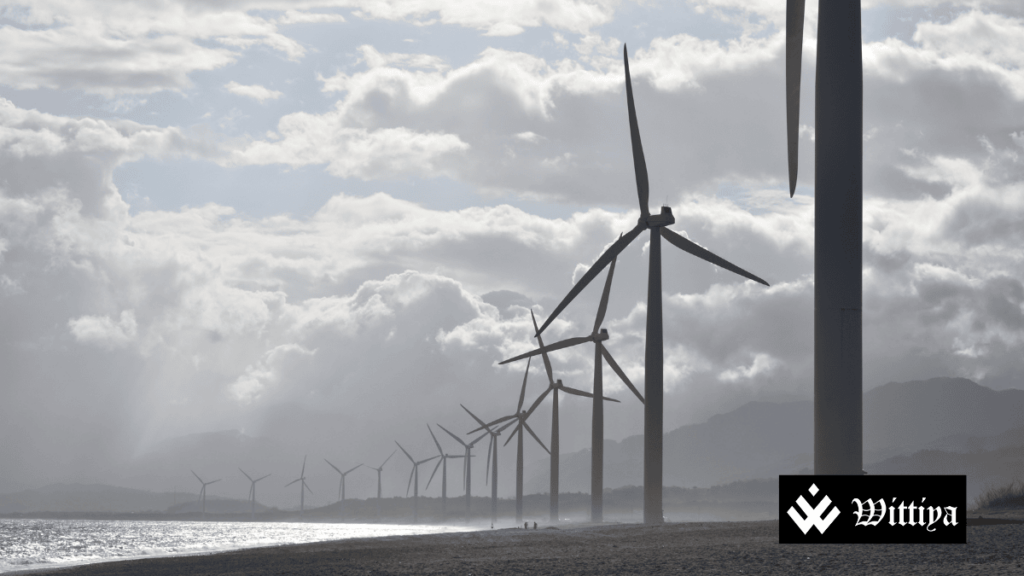China’s NDRC plans to scale back clean energy subsidies after meeting its 2030 renewable energy target early, prompted by a surge in solar and wind power installations. New market-based bidding will start in June.
China’s National Development and Reform Commission (NDRC), the country’s top economic planning agency, has announced plans to reduce subsidies for renewable energy projects. This decision comes after the country reached its 2030 clean energy target six years earlier than expected, driven by a massive surge in solar and wind power installations.
In the face of this success, which saw China’s solar installations alone increase by 45% in 2024, the NDRC will now implement market-based bidding for new projects starting June 2025. China, with nearly 887 GW of installed solar power – more than six times the United States’ capacity – has set a global example of rapid expansion in renewable energy.
The move to roll back subsidies highlights China’s confidence in the strength of its renewable energy market, which has seen exponential growth in recent years. Solar and wind installations have been at the forefront of the country’s efforts to combat climate change while transitioning to more sustainable energy sources. By achieving its 2030 target ahead of time, China has cemented its position as a leader in clean energy development.
The NDRC’s new approach is intended to streamline energy project development and continue to lower costs for consumers while ensuring the stability of electricity prices for both residential and industrial users.



